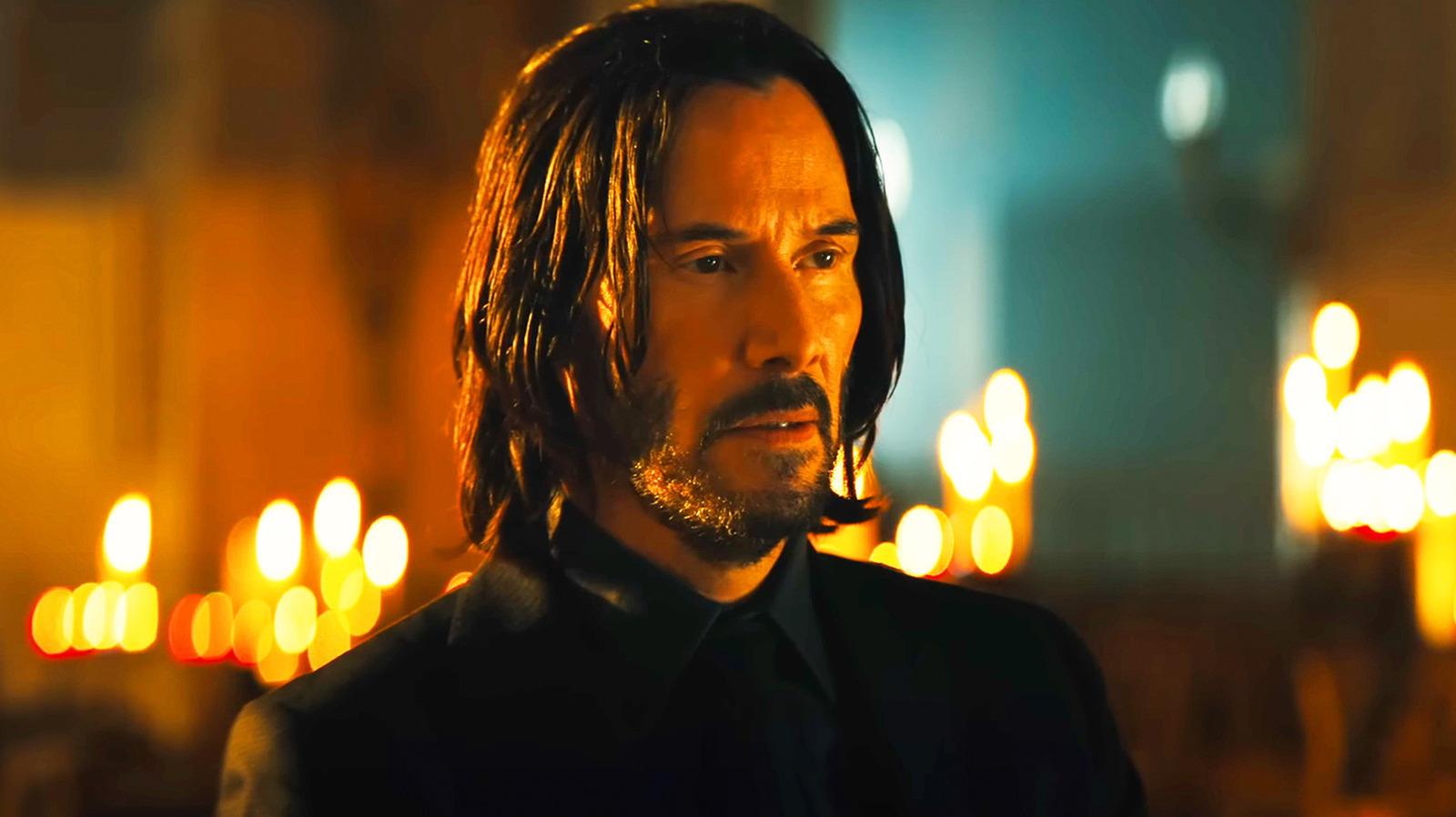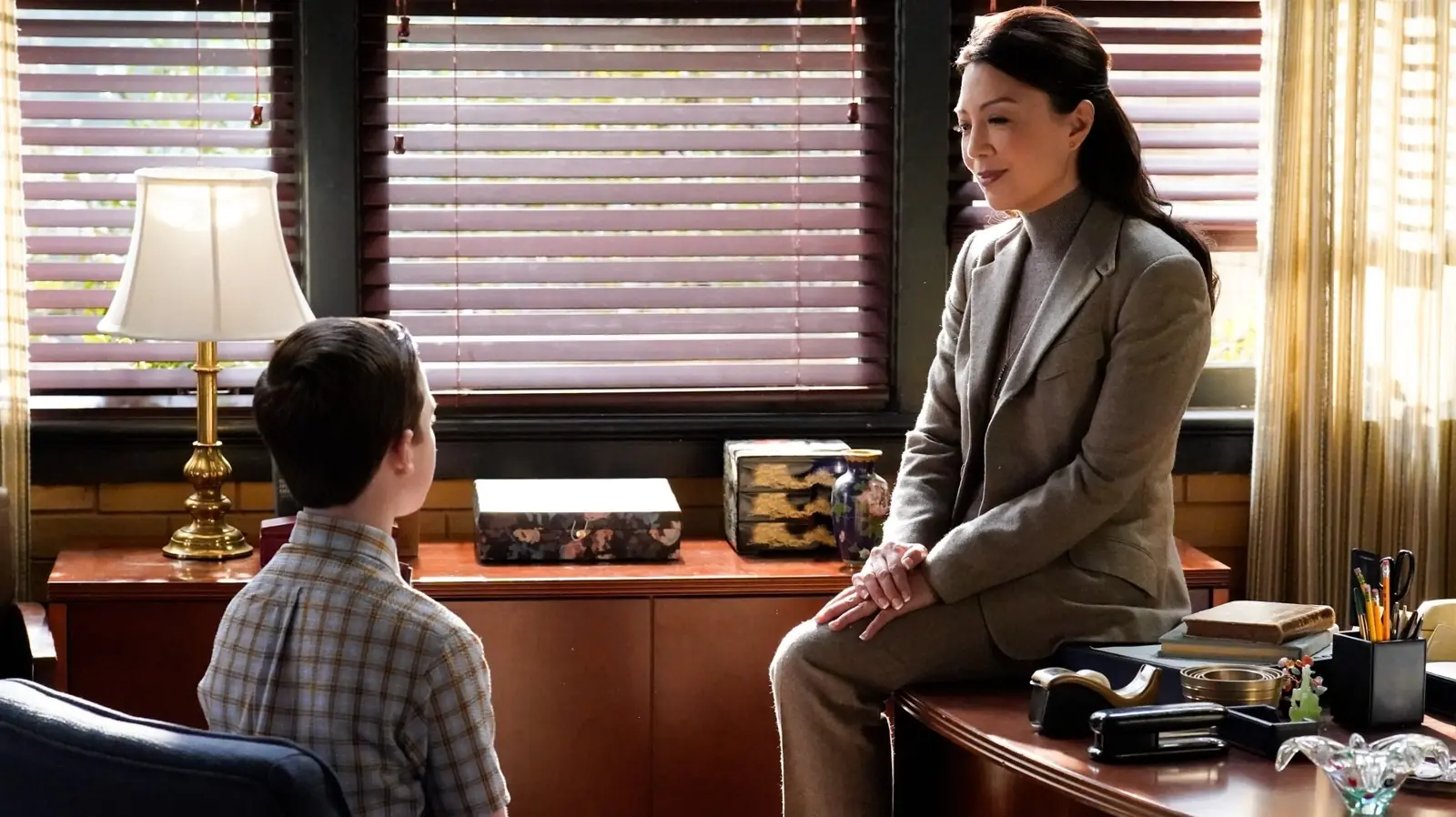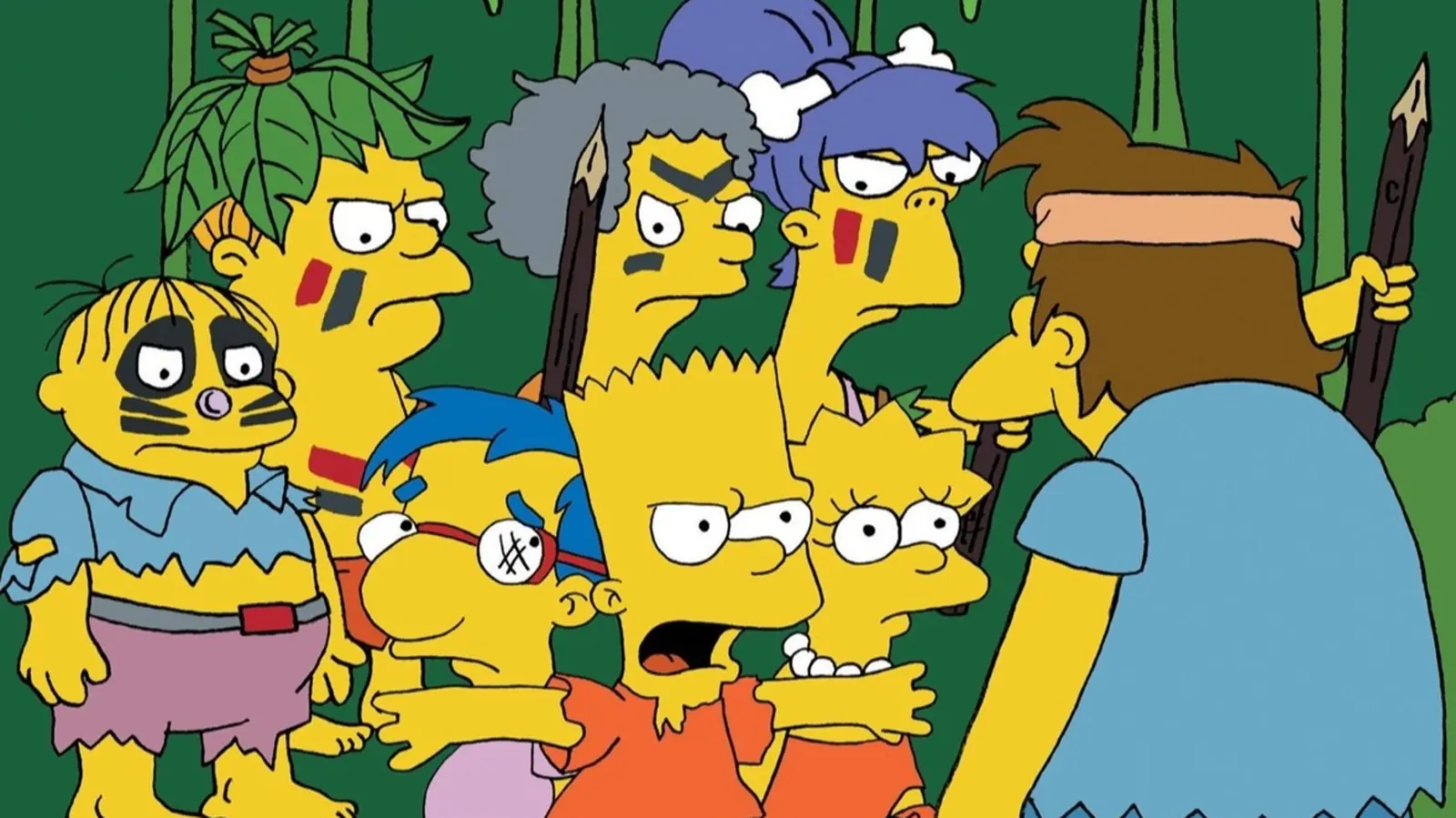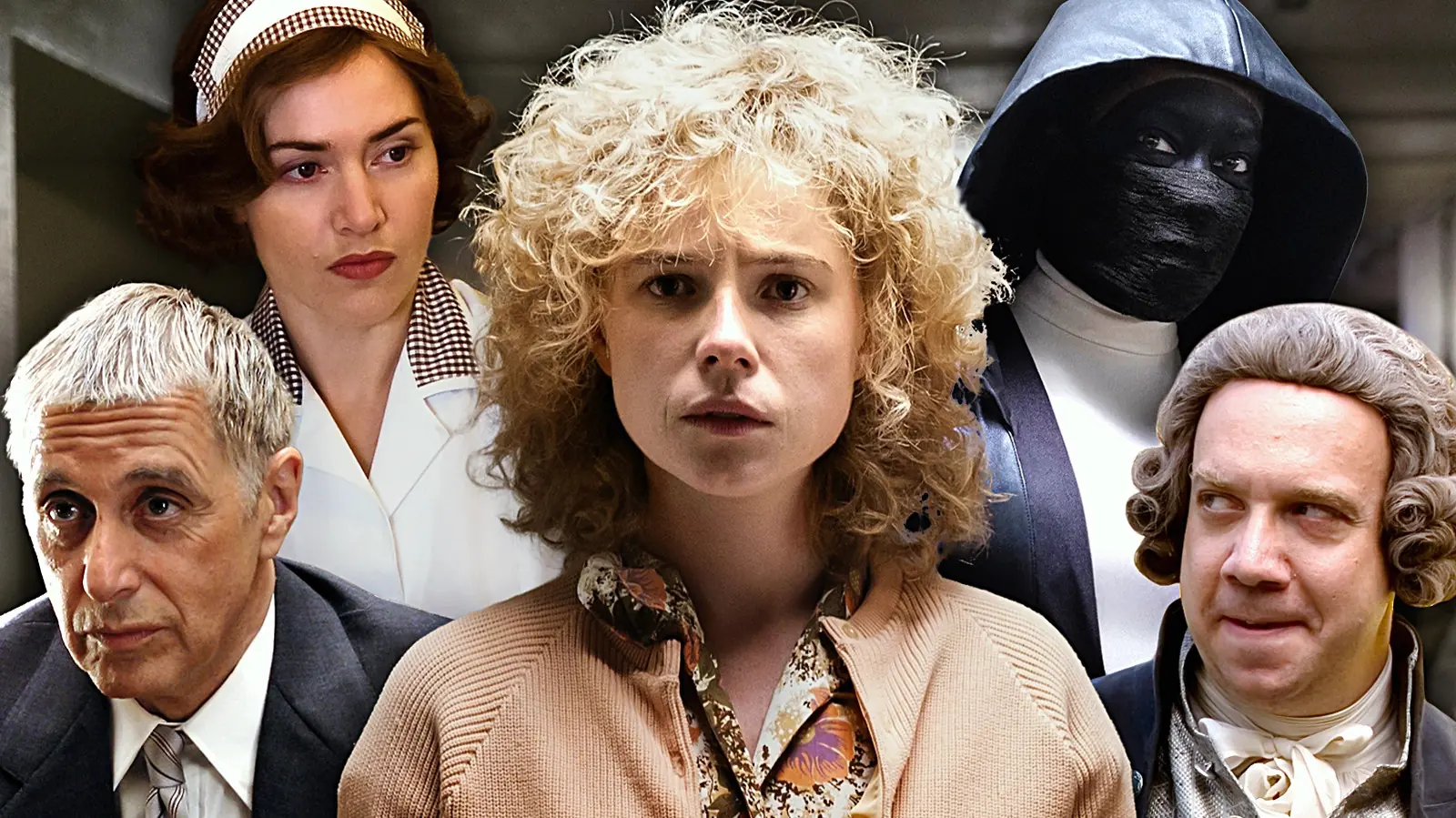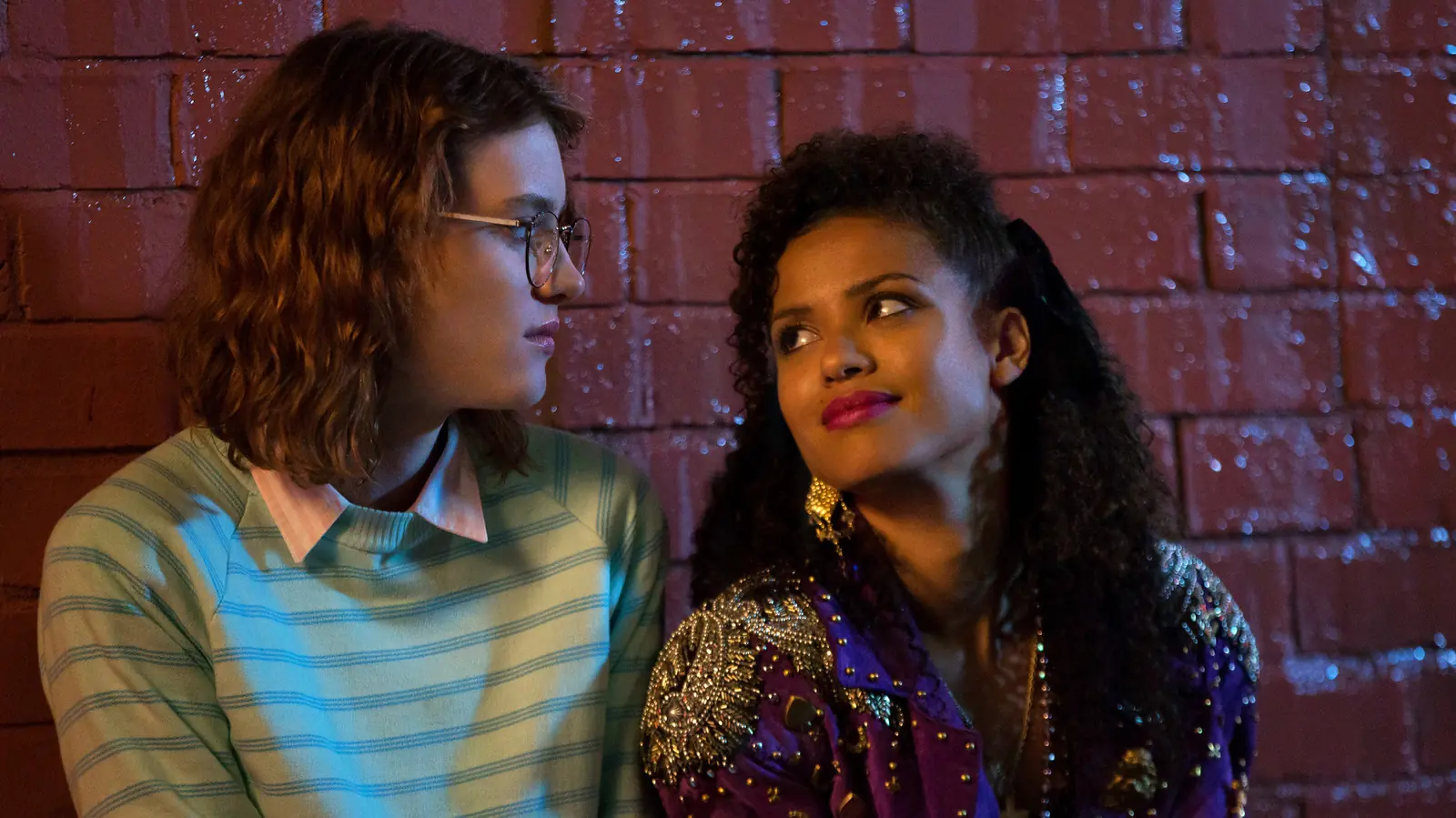The “John Wick” film series, since its explosive debut in 2014, has been a breath of fresh air in the action genre, captivating audiences with its slick choreography, vibrant visual style, and an immersive underworld mythology. Yet, beneath its modern, neo-noir exterior lies a significant influence from classic cinema. A noteworthy source of inspiration for the aesthetic and thematic execution in the John Wick films comes from the timeless Westerns of Sergio Leone, the Italian maestro renowned for redefining the Western genre.
Sergio Leone’s directorial choices in films like “The Good, the Bad and the Ugly” and “A Fistful of Dollars” are characterized by expansive landscapes, elongated silences, and the methodical build-up of tension. These elements have not only shaped the Western canon but have permeated into numerous other genres, including the high-octane realm of modern action films. The parallels between Leone’s work and the world of John Wick are undeniably profound.
One significant stylistic element borrowed from Leone’s Westerns is the emphasis on visual storytelling. In the John Wick series, much like in Leone’s masterpieces, dialogue is often secondary. The narrative is propelled by kinetic action sequences and the unspoken communication of glances and gestures. This approach creates a tapestry of tension, allowing the audience to fill in the emotional gaps and immerse themselves in the unfolding visual drama.
The ‘Mexican standoff’ is another hallmark of Leone’s influence. This iconic, tension-filled moment, seen in many of his films, has made its way into John Wick’s action-packed sequences. Leone’s skill at orchestrating scenarios where multiple parties stand at an impasse, each poised to draw, is mirrored in John Wick’s carefully choreographed shootouts. These sequences blend balletic action with nail-biting suspense, offering audiences a taste of Western bravado set against a modern backdrop.
Moreover, the John Wick series shares a thematic kinship with Leone’s portrayal of the lone gunman, a hero on a solitary journey for redemption or vengeance. Keanu Reeves’ portrayal of John Wick echoes the silent strength and relentless determination of characters like Clint Eastwood’s ‘Man with No Name.’ Both characters navigate a morally ambiguous world, driven by personal codes, and rising above adversity with a combination of stoic resolve and lethal precision.
The cinematography in John Wick also echoes Leone’s signature style. Both directors favor wide-angle shots combined with intimate close-ups, allowing for a dynamic ebb and flow that enhances the storytelling. In John Wick, viewers are often treated to sweeping cityscapes or the expansive interiors of ornate safehouses. Cutting between these broader visuals and tight shots of Reeves’ intense focus or the gleam of polished weaponry channels the same visual dialogue Leone employed to captivate audiences.
Adding to the narrative depth, the use of sound in both franchises reflects a careful construction of atmosphere. While Leone utilized haunting scores by Ennio Morricone to complement the loneliness and vastness of the frontier, John Wick employs a modern score that ranges from electronic beats to orchestral arrangements. These soundtracks are not merely background elements; they are integral in setting the tone and accentuating the tension, often signaling a crescendo of action or an impending showdown.
Beyond the stylistic nuances, the John Wick series embraces Leone’s penchant for mythology-building within its world. The Continental, the shadowy organization at the series’ core, resonates with the complex societies and unspoken codes of honor found in Leone’s Western towns. These worlds are populated with intriguing characters and unbreakable rules, creating a rich tapestry that offers possibilities for endless stories and spin-offs, much like the enduring allure of Leone’s cinematic universe.
The synthesis of these classic Western elements within a contemporary action framework is what sets the John Wick series apart. It manages to pay homage to Leone’s pioneering aesthetic while also forging a unique identity marked by its relentless pace, creative combat, and thoughtful visual composition. This melding of influences has not only created a successful franchise but also reinvigorated the action genre, inspiring further creative endeavors in Hollywood.
As audiences anticipate the future of the John Wick saga, the influence of Sergio Leone remains a testament to how classic cinema can inspire and enrich modern storytelling. By blending past and present, the series not only celebrates cinematic history but also ensures that the spirit of the Western genre continues to gallop across the screen, albeit with a twenty-first-century twist.

